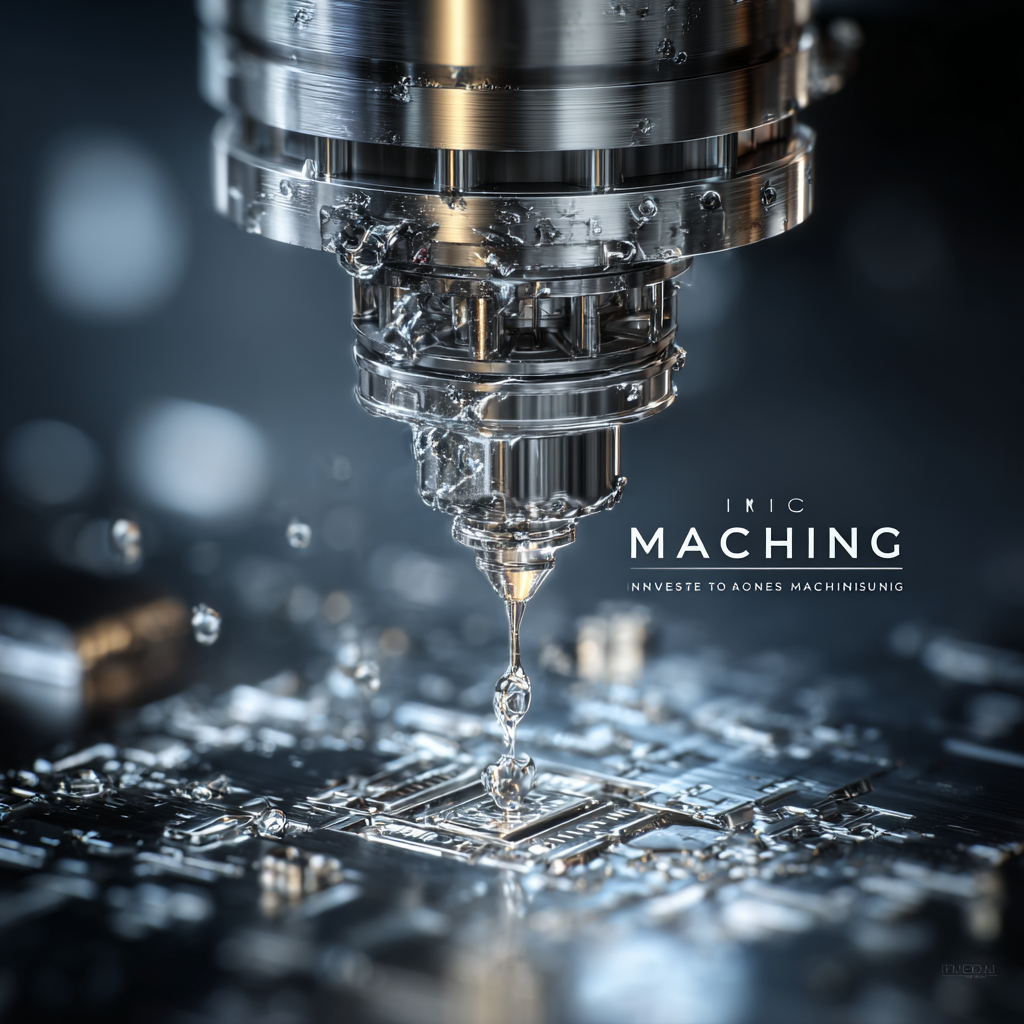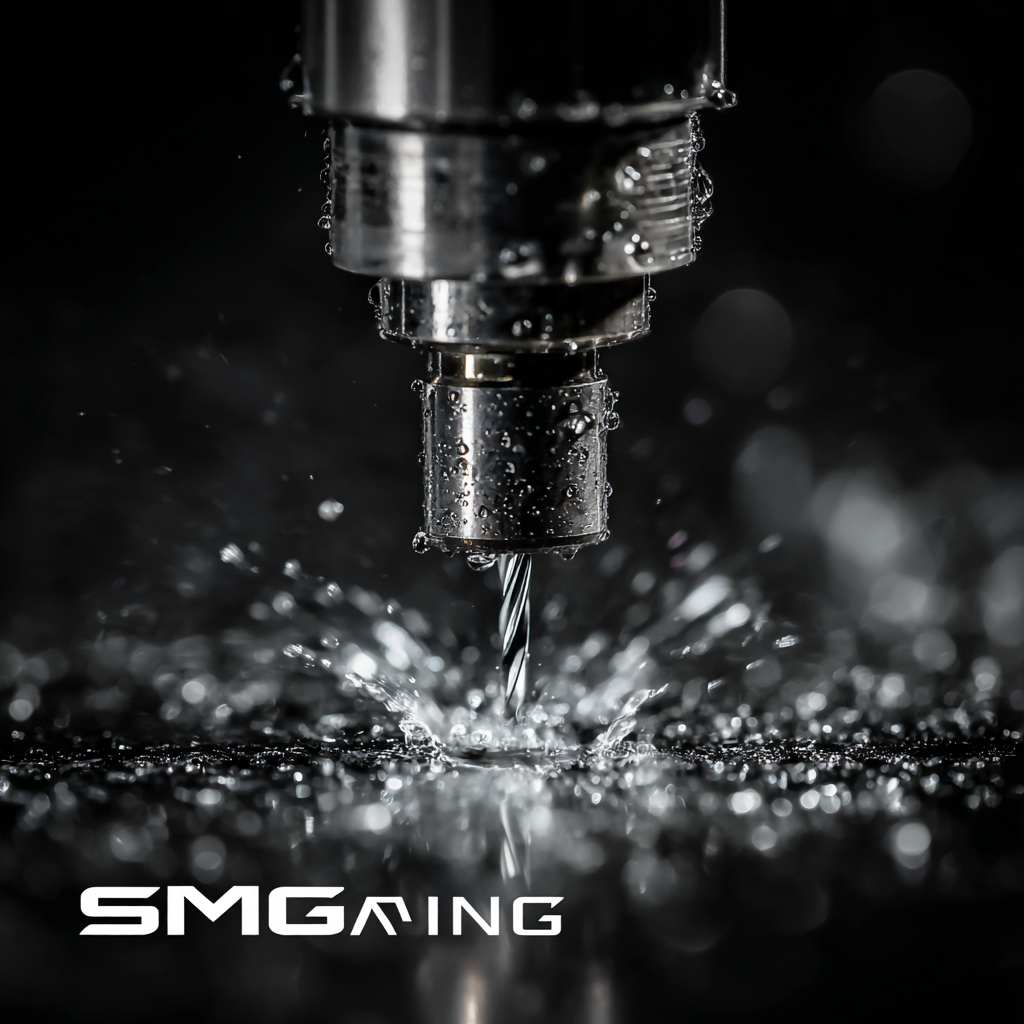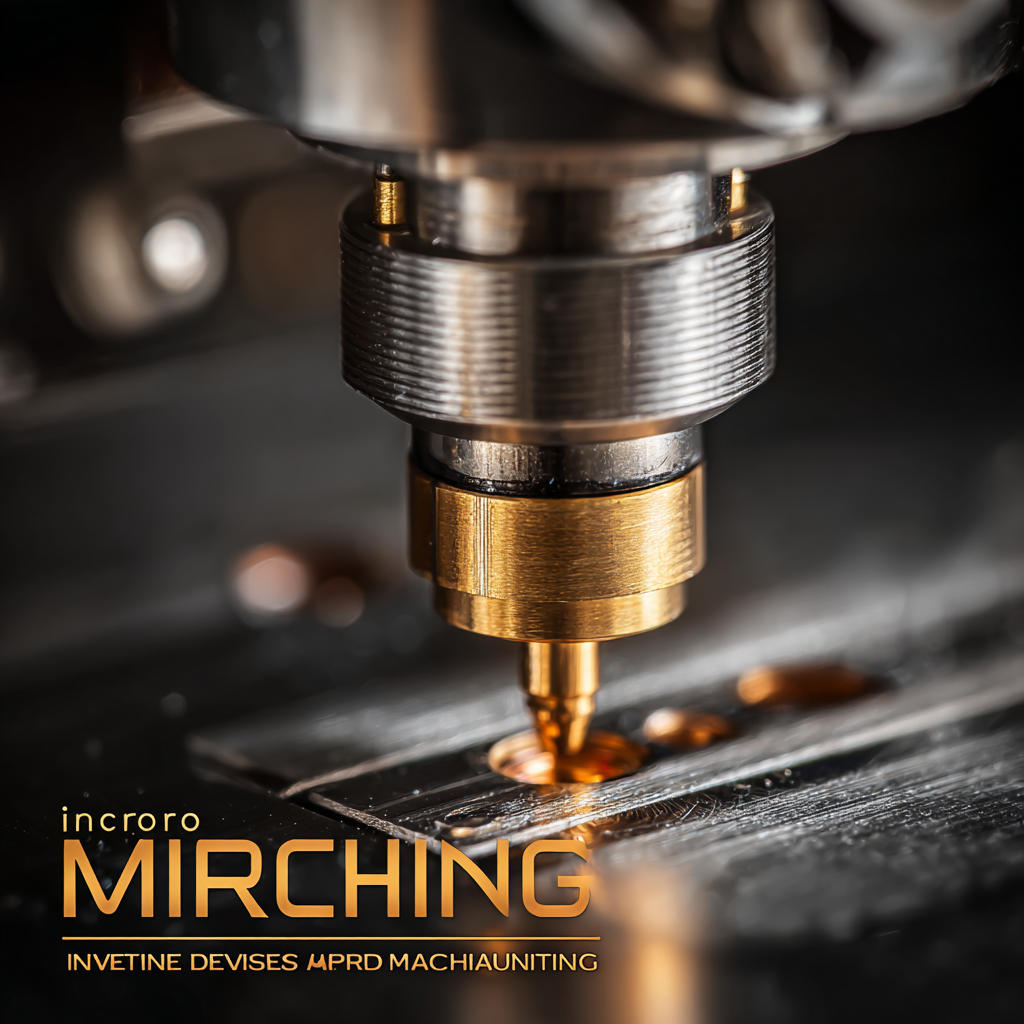In the realm of advanced manufacturing, the precision and efficiency of micro machining techniques have become pivotal in driving innovation across various industries. As China positions itself as a global leader in quality manufacturing, the emphasis on developing cutting-edge micro machining methods has never been more pronounced. These techniques not only enhance product quality but also streamline production processes, allowing manufacturers to meet the intricate demands of modern engineering. From automotive components to electronic devices, micro machining plays a crucial role in creating high-performance parts with minimal waste and exceptional accuracy. This blog explores some of the most innovative examples of micro machining techniques that embody China's commitment to excellence in manufacturing, showcasing how these advancements can serve as a crucial asset for global partnerships in pursuit of superior production solutions.

 Advancements in micro machining have revolutionized precision engineering, paving the way for innovative solutions across various industries. As technology continues to advance, micro machining techniques have become increasingly refined, allowing for greater accuracy and efficiency in manufacturing. One standout example is the use of laser micro machining, which enables the creation of complex geometries with an unparalleled level of detail. This technique is particularly advantageous in sectors like aerospace and medical devices, where precision is paramount.
Advancements in micro machining have revolutionized precision engineering, paving the way for innovative solutions across various industries. As technology continues to advance, micro machining techniques have become increasingly refined, allowing for greater accuracy and efficiency in manufacturing. One standout example is the use of laser micro machining, which enables the creation of complex geometries with an unparalleled level of detail. This technique is particularly advantageous in sectors like aerospace and medical devices, where precision is paramount.
Moreover, electrochemical and ultrasonic machining are gaining traction for their ability to produce intricate features in hard-to-machine materials without compromising quality. These techniques not only reduce manufacturing time but also enhance the sustainability of processes by minimizing material waste. As industries strive for higher standards of precision, the integration of such micro machining technologies is essential for meeting the demands of modern engineering applications. Through continued innovation and exploration, we are shaping a future where micro machining plays a crucial role in enhancing product performance and driving technological advancements.
Micro machining techniques are transforming advanced manufacturing by enabling the precise fabrication of intricate components that meet the demands of modern industries. One standout method is laser micro machining, which employs focused laser beams to cut, engrave, or drill tiny features into various materials with unmatched accuracy. This technique is particularly beneficial in the electronics sector, where manufacturers require minuscule parts to create high-performance devices. With advancements in laser technology, the speed and efficiency of this process have significantly improved, making it a go-to solution for high-volume production.

Another revolutionary technique is micro electrical discharge machining (EDM), which uses electrical discharges to remove material at a microscopic scale. This method excels in producing complex geometries and fine details in hard materials that are often challenging to machine using traditional methods. Industries such as aerospace and medical device manufacturing greatly benefit from micro EDM's ability to create precise parts that meet stringent quality standards. As these micro machining techniques continue to evolve, they pave the way for innovation across diverse sectors, underscoring their essential role in the future of advanced manufacturing.
The advent of Industry 4.0 has significantly influenced micro machining techniques, driving automation trends that are reshaping advanced manufacturing. According to a report by Deloitte, 70% of manufacturers are already investing in Industry 4.0 technologies, leading to increased efficiency and precision in production. Micro machining, which involves the precise removal of material at the micrometer scale, is becoming essential in industries such as aerospace, medical devices, and electronics. With the growing demand for miniaturized components, the micro machining market is projected to reach $4.45 billion by 2026, expanding at a compound annual growth rate (CAGR) of 8.1% from 2021.
Automation, enhanced by artificial intelligence (AI) and the Internet of Things (IoT), has taken micro machining to new heights, allowing for real-time monitoring and adaptive manufacturing processes. Research from McKinsey indicates that automation can lead to productivity gains of 20-25% in manufacturing sectors that leverage advanced machining techniques. By integrating real-time data analytics, manufacturers can optimize their micro machining operations, reduce waste, and enhance product quality, aligning perfectly with the overarching goals of Industry 4.0. These trends not only improve operational efficiency but also foster innovation, ensuring that companies remain competitive in an increasingly technology-driven market.
The micromachining market is experiencing significant growth,
projected to reach USD 5.63 billion by 2032,
up from its current valuation of USD 3.17 billion in 2023.
This 12.4% compound annual growth rate (CAGR) underscores the increasing demand for
precision manufacturing technologies in various industries, including electronics,
healthcare, and automotive.
As innovative machining techniques become more accessible, manufacturers are keen to adopt these methods to enhance product
quality and reduce operational costs.
In the broader context of advanced manufacturing, the shift toward micromachining
is reflective of the industry's rapid evolution. Factors driving this growth include advancements in technology, rising automation,
and the need for miniaturized parts that meet stringent specifications. As industries seek to optimize their production processes,
micromachining serves as a critical tool for achieving precision at micro scales, thereby facilitating the innovation needed to stay
competitive in a dynamic market landscape.
Micro machining has emerged as a cornerstone in advanced manufacturing, particularly within the electronics and medical device sectors. One notable case study involves the fabrication of intricate components for hearing aids. By employing laser micro machining, manufacturers can create highly precise parts that are lightweight and ultra-compact, enabling improved performance and wearability. The use of this technique allows for the production of miniaturized features that traditional machining methods cannot achieve, ultimately enhancing the user experience.
In the medical field, micro machining techniques have transformed the development of catheter devices. For example, the creation of micro-scale holes in catheter tips has significantly improved fluid dynamics, enhancing the efficiency of drug delivery systems. This technology enables healthcare professionals to provide targeted therapies with greater precision. The success of such applications highlights the importance of micro machining in not only advancing manufacturing capabilities but also in elevating the quality of medical care. As industries continue to embrace these innovative techniques, the potential for future applications remains vast and promising.
| Application Area | Micro Machining Technique | Material Used | Precision (µm) | Industry Impact |
|---|---|---|---|---|
| Electronics | Laser Micro Machining | Copper | 5 | High efficiency circuit fabrication |
| Medical Devices | EDM (Electrical Discharge Machining) | Titanium | 10 | Precision in surgical instruments |
| Sensors | Micro Milling | Silicon | 2 | Enhanced sensitivity in detection |
| Optical Devices | Wire EDM | Glass | 3 | Improved optical clarity |
Contact
KYOCERA SGS Precision Tools, Inc.
(330) 686-5700
150 Marc Drive
Cuyahoga Falls, OH 44223
Products
Resources